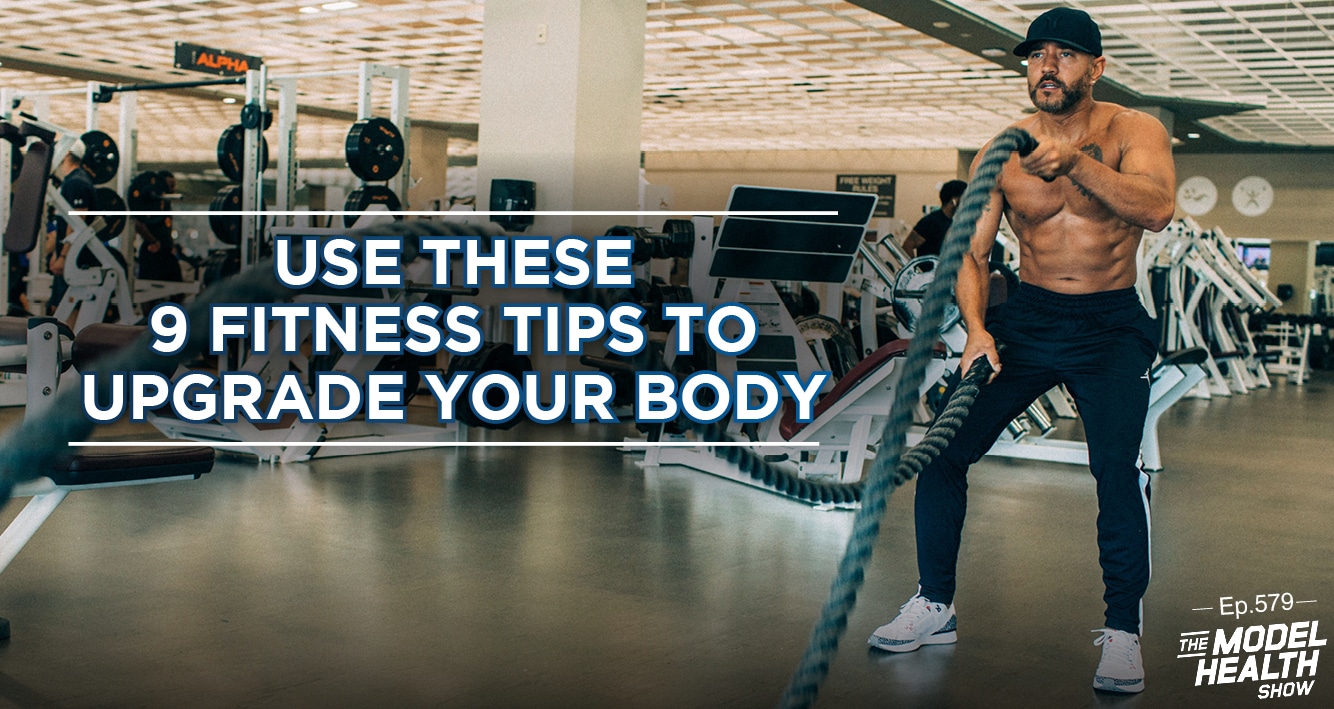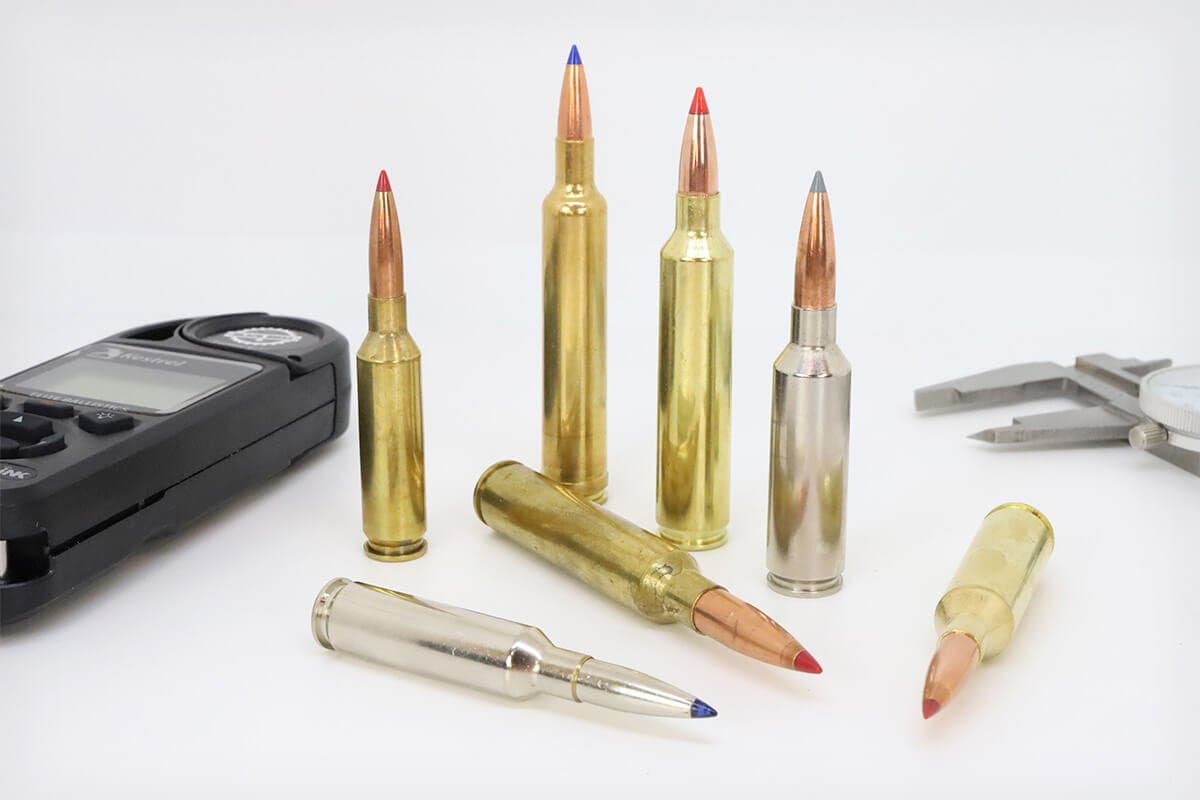For moose hunting, .30-06 caliber is considered the best choice due to its versatility and stopping power. Hunters opt for this caliber for its reliable performance in taking down large game like moose efficiently.
Moose hunting requires precision and power, making the choice of caliber crucial for a successful hunt. Among the various options available, the. 30-06 caliber stands out as a top choice for hunters pursuing moose in the wild. Its ability to deliver both accuracy and stopping power makes it a popular selection among seasoned hunters.
With a well-placed shot, hunters can expect clean and ethical kills while ensuring their safety in challenging hunting environments. Understanding the importance of caliber selection is key to a successful and responsible moose hunting experience.
Credit: www.quora.com
Choosing The Right Caliber
When hunting moose, it’s crucial to select the right caliber for a clean and ethical kill. The best calibers for moose hunting include. 30-06 Springfield,. 300 Winchester Magnum, and. 338 Winchester Magnum. These calibers offer adequate power and accuracy for taking down large game like moose.
Understanding The Importance Of Caliber Choice
Making the right choice of caliber is crucial for a successful moose hunting experience. The caliber of your rifle determines the shooting performance and effectiveness of each shot.
Factors To Consider When Selecting A Caliber
- Moose Size: Consider the size and weight of moose you are hunting when selecting a caliber.
- Distance: Think about the typical shooting distances you will encounter and choose a caliber suited for those ranges.
- Penetration: Ensure the caliber you choose offers sufficient penetration to take down a large animal like a moose.
- Recoil: Manage recoil by selecting a caliber that you can comfortably handle for accurate shooting.
- Ammunition Availability: Select a caliber for which ammunition is readily available to avoid shortages.

Credit: www.libertysafe.com
Best Caliber Options
When hunting moose, choosing the right caliber firearm is crucial for a successful hunt.
Here are some popular handgun and rifle calibers that are commonly used for moose hunting:
- .338 Winchester Magnum
- .30-06 Springfield
- .300 Winchester Magnum
- .375 H&H Magnum
Each caliber has its own advantages and disadvantages when it comes to moose hunting:
| Caliber | Pros | Cons |
|---|---|---|
| .338 Winchester Magnum | Highly effective at long ranges | Recoil can be intense |
| .30-06 Springfield | Versatile and widely available | May lack stopping power for larger moose |
| .300 Winchester Magnum | Excellent long-range performance | Can be overkill for closer shots |
| .375 H&H Magnum | High stopping power for big game | Heavier recoil and ammunition cost |
Optimizing Shot Placement
When it comes to moose hunting, optimizing shot placement is crucial for a successful and ethical hunt. Understanding the best caliber for moose hunting is important, but equally important is knowing where to place your shot to ensure a quick and humane kill.
Effective Shot Placement For Moose
Shot placement is key when hunting moose. The vital organs of a moose are located in the chest cavity, making heart and lung shots the most effective. Aim for the center of the chest, just behind the shoulder, for a good chance of hitting these critical areas.
Understanding Moose Anatomy For Precision Shots
An understanding of moose anatomy is essential for precision shots. A moose’s heart is located low in the chest, just above the brisket. The lungs extend higher in the chest, reaching almost to the top of the shoulder
.

Credit: themodelhealthshow.com
Selecting The Right Ammunition
Find the ideal ammunition for moose hunting by considering a suitable caliber that offers the necessary power and accuracy for taking down such large game. Balancing stopping power and manageable recoil is key in selecting the best caliber for a successful moose hunt.
Choosing Suitable Bullet Types
When it comes to selecting the right ammunition for moose hunting, one of the most important factors to consider is the bullet type. The choice of bullet can significantly impact the effectiveness of your shots, determining whether you have a clean kill or a wasted opportunity. Let’s take a closer look at some bullet types that are commonly used for moose hunting:
- Soft-Point Bullets: These bullets feature a soft lead tip that expands upon impact, creating a devastating wound channel. They are ideal for hunting moose due to their high impact and excellent energy transfer. Soft-point bullets deliver controlled expansion and high weight retention, making them efficient for taking down large game like moose.
- Hollow-Point Bullets: Hollow-point bullets have a cavity at the tip that facilitates rapid expansion upon impact. This results in a larger wound channel and increased stopping power. While they may not penetrate as deeply as other bullet types, hollow-points can be effective in dropping a moose quickly if placed accurately.
- Full Metal Jacket (FMJ) Bullets: FMJ bullets are encased in a harder metal jacket, which prevents rapid expansion upon impact. These bullets are often used in target shooting and military applications, but they are not the best choice for moose hunting. They lack the necessary stopping power and may pass through a moose without causing significant damage.
Each bullet type has its own advantages and drawbacks, so it’s crucial to consider factors such as bullet construction, weight, and caliber compatibility based on your hunting conditions and preferences.
Factors Influencing Ammunition Performance
Several factors come into play when evaluating ammunition performance for moose hunting. These factors can significantly impact the accuracy, stopping power, and overall effectiveness of your shots. Here are some key factors to take into account when choosing ammunition:
- Bullet Weight: The weight of the bullet influences its trajectory and penetration. Heavier bullets tend to retain more energy and offer better penetration, which is advantageous when hunting moose.
- Caliber: The caliber, or diameter, of the bullet is a critical consideration. Moose are large animals and require sufficient firepower, so opting for larger calibers such as .30-06 Springfield, .308 Winchester, or .300 Winchester Magnum is recommended.
- Velocity: The speed at which the bullet travels affects its energy transfer and terminal performance. Higher velocities often result in better expansion and impact, increasing the effectiveness of the shot.
- Shot Placement: No matter the ammunition choice, shot placement remains key. Accuracy and precision are vital for a clean kill. Always aim for vital areas such as the heart and lung region to ensure a humane and effective shot.
By considering these factors and understanding the different bullet types available, you can make an informed decision when selecting ammunition for your moose hunting adventures. Remember that practice with your chosen ammunition is crucial for familiarizing yourself with its performance and ensuring your shot placement is accurate.
Fine-tuning Your Rifle Setup
Enhance your rifle setup for Moose hunting with the ideal caliber for optimal performance and accuracy. Selecting the right caliber can improve shot placement and ensure a successful hunt. Fine-tuning your rifle setup with the best caliber for Moose hunting is essential for a successful and ethical harvest.
Optics And Sighting Systems
In order to fine-tune your rifle setup for moose hunting, one crucial aspect to consider is the optics and sighting systems. When hunting these majestic creatures, a clear and accurate scope can make all the difference. A high-quality scope with a suitable magnification level can help you identify your target and assess its size and distance effectively. Additionally, look for a scope with a wide field of view, as this can aid in quickly locating and tracking moose through thick forests or challenging terrain.Adjusting Rifles For Maximum Accuracy
Adjusting your rifle for maximum accuracy is another crucial step in fine-tuning your setup. Begin by ensuring that your rifle is properly fitted to your body and shooting style. This includes adjusting the length of pull, cheek rest, and grip to achieve optimal comfort and stability. Pay attention to the position of your trigger finger, as a consistent placement will help improve your shooting technique. Next, focus on the sight picture. Make sure your scope is securely mounted, level, and aligned with the barrel. This will aid in accurate shot placement. Additionally, consider investing in a bipod or shooting rest to further stabilize your rifle.Optical Sight Mounts
One important factor to consider when adjusting your rifle setup is the optical sight mounts. These mounts secure the scope onto the rifle and should be chosen based on the type of rifle you own and the specific scope you plan to use. It’s crucial to select mounts that are durable, lightweight, and compatible with your rifle model. Ensure to properly torque the mounting screws to prevent any movement or shifting of the scope while in use.Bullet Selection And Ballistic Data
When fine-tuning your rifle setup for moose hunting, bullet selection plays a vital role in achieving accuracy and effectiveness. Different calibers have varying bullet weights and designs, each with their own ballistic characteristics. Research and select a bullet that is specifically designed for large game, such as a controlled expansion or bonded bullet. These bullets deliver deep penetration and sufficient energy transfer for taking down a moose effectively. Additionally, gathering accurate ballistic data for your chosen bullet is crucial. This includes information on bullet drop, wind drift, and velocity. Knowing this data will allow you to make precise adjustments for bullet trajectory, compensating for external factors that may affect your shot.Proper Maintenance And Practice
To ensure your rifle setup remains accurate and reliable, regular maintenance is key. Clean your rifle thoroughly and inspect it for any signs of wear or damage. It’s also important to store your rifle properly, protecting it from moisture and extreme temperatures. Lastly, regular practice with your rifle is essential for developing and maintaining proficiency. This includes shooting from various distances and positions, simulating real hunting scenarios. By becoming familiar with your rifle and its characteristics, you’ll gain confidence in your shooting abilities when it matters most – during the moose hunt.Frequently Asked Questions On Best Caliber For Moose Hunting
What Caliber Is Best For Moose Hunting?
The caliber that is best for moose hunting is typically. 30-06 Springfield,. 300 Winchester Magnum, or. 338 Winchester Magnum. These calibers offer the power and range needed to effectively take down a moose from a distance. It is important to choose a caliber that you are comfortable with and confident in using.
Is A .270 Caliber Suitable For Moose Hunting?
While a. 270 caliber can be used for moose hunting, it may not be the most ideal choice. Moose are large animals and may require a more powerful caliber to ensure a clean and ethical kill. It is recommended to use a caliber with a larger bullet for maximum effectiveness when hunting moose.
What Bullet Weight Is Recommended For Moose Hunting?
For moose hunting, it is generally recommended to use bullets with a weight between 150 and 180 grains. These heavier bullets provide the necessary energy and penetration to effectively take down a moose. It is important to choose a bullet weight that matches the caliber you are using and consider factors such as shot placement and bullet construction.
Can A 6.5mm Caliber Be Used For Moose Hunting?
While a 6. 5mm caliber can be used for moose hunting, it may not be the most ideal choice. Moose are large animals and may require a larger caliber with more energy to ensure a clean and ethical kill. It is recommended to use a caliber with a bullet diameter of at least.
30 caliber for hunting moose.
Conclusion
Selecting the best caliber for moose hunting is crucial for a successful expedition. Consider factors such as distance, accuracy, and power to ensure a humane kill. Leveraging the insights shared in this post will guide you in making an informed decision for your next moose hunting adventure.
Happy hunting!



